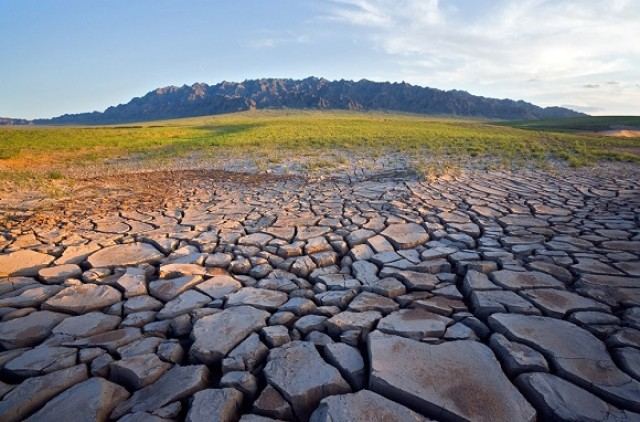In its August analytical report, the European Drought Observatory (EDO) said that some 47 percent of Europe is under warning conditions due to a severe lack of soil moisture.
Another 17 percent of countries are in alert conditions.
"The severe drought affecting many regions of Europe since the beginning of the year has been further expanding and worsening as of early August," the report said, adding that the western Europe-Mediterranean region is likely to experience warmer and drier than usual conditions until November.
The drought has disrupted inland shipping and electricity production, and reduced the yields of certain crops, it said.
The current drought appears to be the worst in at least 500 years, assuming final data at the end of the season confirm the preliminary assessment, the European Commission said in a statement.
Summer crops have suffered, with 2022 yields of grain maize set to be 16 percent below the average of the previous five years and soybean and sunflowers yields are set to decrease by 15 percent and 12 percent, respectively.
Hydropower generation has also suffered a hit, with further impact on other power producers due to a shortage of water to feed cooling systems.
Low water levels have hampered inland shipping along the river Rhine and elsewhere, with reduced shipping loads affecting coal and oil transport.
Mariya Gabriel, European commissioner for innovation, research, culture, education and youth, said: "The combination of a severe drought and heat waves has created unprecedented stress on water levels in the entire EU. We are currently noticing a wildfires season sensibly above the average and an important impact on crops production. Climate change is undoubtedly more noticeable every year."
More about: Europe
















































